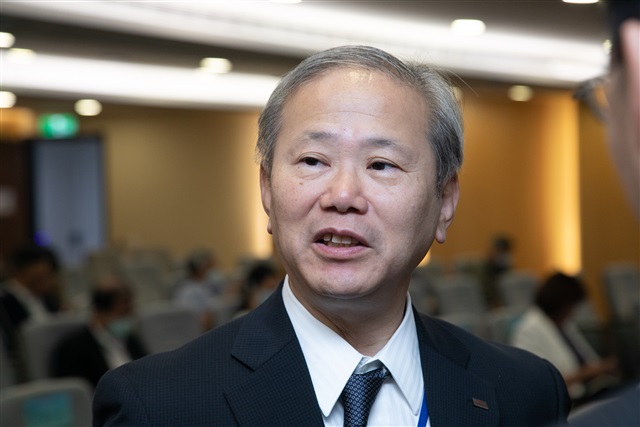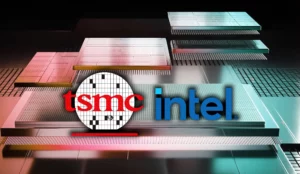Introduction
Toshiba Electronic Devices & Storage Corporation has marked a significant milestone with the completion of a new 300-mm wafer fabrication facility for power semiconductors.
The ceremony took place at Kaga Toshiba Electronics Corporation in Ishikawa Prefecture, Japan.
The new facility is expected to be operational in the second half of 2024. Once fully functional, Toshiba’s production capacity for power semiconductors will be 2.5 times greater than in 2021. The facility incorporates features to ensure resilience, like seismic isolation and redundant power sources.Toshiba also plans to use AI to improve product quality and production efficiency. Power semiconductors are vital components in various applications, including electric vehicles and industrial automation, and the demand is expected to grow.
This facility represents Phase 1 of Toshiba’s extensive multi-year investment program, aimed at enhancing its production capacity and business continuity.
Follow us on Linkedin for everything around Semiconductors & AI
Toshiba 300-mm Wafer Fab: Background
Toshiba, a global leader in electronics and semiconductor manufacturing, has a long history of innovation and technological advancements.
Over the decades, the company has established itself as a key player in the semiconductor industry, providing critical components for various applications, including automotive, industrial, and consumer electronics.
The new facility is part of Toshiba’s strategic plan to expand its manufacturing capabilities and meet the growing global demand for power semiconductors.
Toshiba 300-mm fab :A Major Step
Toshiba’s new fabrication facility and accompanying office building are integral to the company’s long-term strategic plan.
The construction of this new facility is a major advancement in Toshiba’s efforts to meet the increasing demand for power semiconductors.
Once fully operational in the second half of fiscal year 2024, this new facility will significantly boost Toshiba’s production capacity, enabling it to produce 2.5 times more power semiconductors compared to fiscal 2021 levels.
Advanced Manufacturing Capabilities
The new manufacturing building features a seismic isolation structure to absorb earthquake shocks, ensuring operational continuity even in adverse conditions.
Additionally, Toshiba has invested in renewable energy solutions to power the facility.
Solar panels on the roof and other renewable energy sources will enable the plant to meet 100% of its power requirements sustainably.
Read More: $47.5 Billion : China Launches Big Fund III With Aims to Chip Away at US Dominance – techovedas
Enhancing Production Efficiency with AI
Toshiba plans to leverage artificial intelligence (AI) to boost both product quality and production efficiency.
This integration of AI is expected to streamline manufacturing processes, reduce defects, and enhance overall operational efficiency.
Significant Financial Support and Government Grants
Toshiba expects to receive a substantial grant from Japan’s Ministry of Economy, Trade and Industry to subsidize part of the investment in new manufacturing equipment. 
This financial support underscores the Japanese government’s commitment to strengthening the domestic semiconductor industry.
Meeting Growing Demand for Power Semiconductors
Power semiconductors are critical components in a wide range of applications, from automotive electronics to industrial machinery automation.
With the continued electrification of vehicles and increased automation, the demand for these components is projected to grow robustly.
Toshiba’s new facility will help meet this demand and support the company’s goals of achieving carbon neutrality.
Future Expansion Plans
While the current focus is on operationalizing Phase 1, Toshiba is already considering the next phase of expansion.
Decisions regarding the construction and operation of Phase 2 will depend on market trends and demand forecasts.
Conclusion
The completion of the Toshiba New 300-millimeter Wafer Fabrication facility marks a significant advancement in Toshiba’s strategic growth and commitment to the semiconductor industry.
By increasing production capacity and incorporating advanced technologies, Toshiba can meet the rising demand for power semiconductors. This contributes to global technological progress.
As the company innovates and expands, it stays a key player in the journey toward a more connected and efficient future.
The new facility reinforces Toshiba leadership in the semiconductor market. It also exemplifies the company’s dedication to sustainability and operational excellence.








